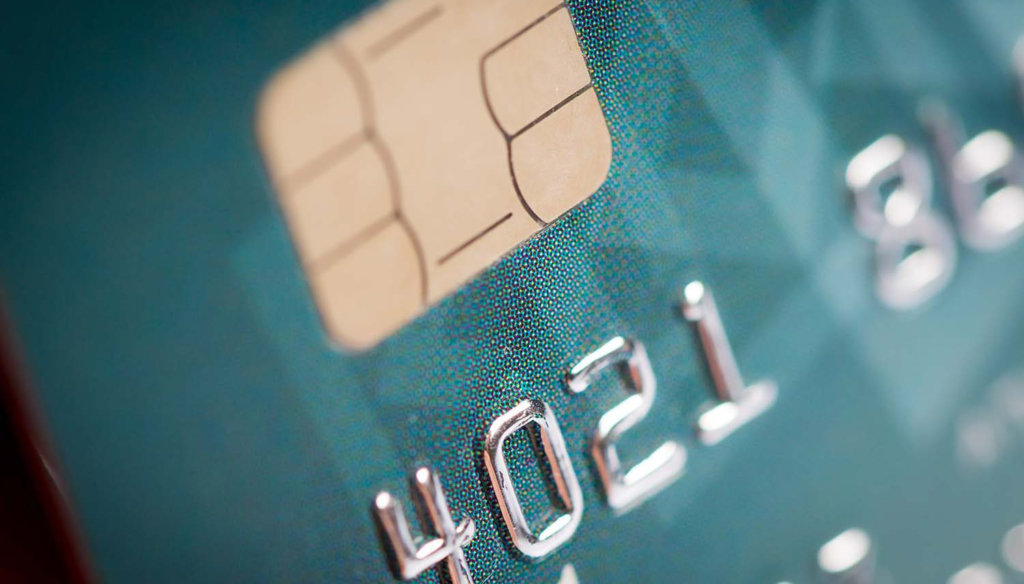
What Is a Contact Smart Card and How Does It Work?
The contact smart card remains a critical security workhorse in our digital world. This guide will show precisely how contact smart cards work – from when physical contact activates their embedded microprocessor to their secure authentication processes. Unlike contactless alternatives, these cards create a direct electrical connection with readers, providing superior protection against wireless interception. We’ll explore their chip architecture and encryption capabilities and why industries, from banking to government, still rely on this proven technology for high-security applications.
Contact Smart Card Security: A Hardware-Based Trust Anchor in Identity Systems
At the core of every contact smart card is an integrated circuit chip—a microcomputer. This chip isn’t just for storage; it processes data, executes commands, and communicates with external systems in real time. Contact smart cards support logic-based operations, unlike magnetic stripe cards or basic barcodes. They can verify PINs, perform cryptographic functions, and even support on-card biometric authentication.
These chips operate under global standards such as ISO/IEC 7816. That means interoperability is baked in, allowing cards to work with various readers, systems, and environments. The microchip’s design often includes tamper-resistant features that protect against physical probing, voltage attacks, and unauthorized code extraction. This makes contact smart cards a data holder and a fortress of identity and access.

From ID Cards to Access Control: Real-World Use Cases
The beauty of contact smart cards lies in their versatility. Enterprises use them to build access and secure workstation logins. Governments embed them in passports, national ID cards, and health insurance cards. In the banking sector, contact smart cards are powered by EMV chip cards that reduce fraud in card-present transactions.
Universities often issue contact smart cards as student IDs, granting access to labs, libraries, and online portals. Even in high-security industries like defence and critical infrastructure, these cards help manage physical and digital access. By blending authentication, data storage, and security in a single form factor, contact smart cards are becoming the universal key for trusted interactions.
How Contact Cards Work With Secure Elements
While the chip is the show’s star, its real strength lies in the secure element—the protected environment within the chip. This secure element executes cryptographic operations, stores private keys, and defends against reverse engineering. When a user inserts their card into a reader, the secure element ensures that data isn’t just transferred—it’s verified, encrypted, and signed as needed.
The reader provides power and commands. The secure element processes those commands internally, isolating sensitive operations from the host device. This makes contact smart cards incredibly resilient against malware on the host system. In environments where trust is everything, this built-in isolation becomes invaluable.

Compliance and Interoperability: The ISO 7816 Backbone
Smart cards wouldn’t be smart without global standards—they’d be chaotic. Contact smart cards conform to ISO/IEC 7816 standards, which define physical, electrical, and protocol-level rules. These standards ensure that a card made in one country can be used in devices worldwide.
ISO 7816 covers everything from command-response communication to file structure and application identifiers. For businesses, that means easier integration and reduced vendor lock-in. For developers, it simplifies the process of building apps that rely on smart card data. And for users, it just works—smoothly and consistently.
Benefits of Going Contact: Why Physical Still Wins
There’s a reason contact smart cards haven’t disappeared despite the rise of NFC and mobile wallets. Physical contact protects against skimming, signal interception, and remote cloning. Contact cards are often the only acceptable solution in environments requiring high assurance, such as government agencies or enterprise IT systems.
Additionally, physical connection means the power and data channels are fully controlled. That allows longer sessions, more excellent command sets, and better error correction. In short, physical contact enables deeper and more secure communication. And for many use cases, that level of control is worth the extra tap.

Security from the Ground Up: Contact Card Cryptography
Security isn’t an add-on for contact smart cards—it’s built-in. Most modern cards support public key cryptography, including RSA and ECC. They can generate keys on the chip, sign certificates, and verify digital signatures. This allows them to act as secure tokens for multi-factor authentication or digital document signing.
Furthermore, many cards now include hardware random number generators, anti-tear mechanisms, and encrypted file systems. These layers ensure that breaching the card’s secrets isn’t trivial, even if an attacker gets physical access. This multi-layered approach makes contact cards a mainstay in environments that demand zero-compromise security.
Contact Smart Card: The Engine of Trusted Identity
In an era where breaches are daily news, identity assurance has never been more critical. The contact smart card acts as a trust anchor—a hardware-based method for confirming who you are and what you can do. Unlike passwords or digital-only systems, it offers proof of possession. It’s something you have, not something that can be phished.
This means confident access management for enterprises, peace of mind for users, and fewer weak links in the ecosystem as a whole. That’s why contact smart cards remain a cornerstone of cybersecurity infrastructure.

The Future of Contact Smart Cards: Bridging Physical and Digital Security
Contact smart cards are evolving with dual-interface technology and on-card biometrics, seamlessly integrating into modern authentication systems. While mobile credentials gain popularity, contact-based solutions remain essential for high-security applications in banking, government IDs, and access control. Their physical connection provides inherent protection against remote attacks, offering a critical security advantage that complements digital authentication methods rather than competing with them.


